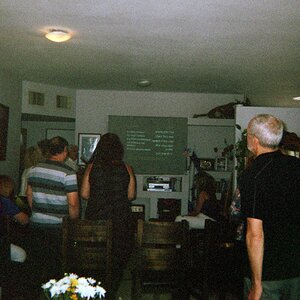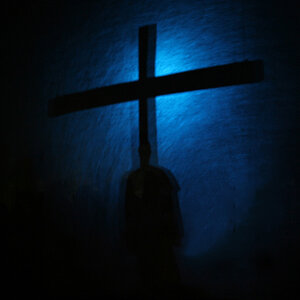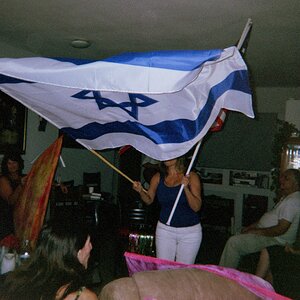skieur
TPF Noob!
- Joined
- May 14, 2007
- Messages
- 5,071
- Reaction score
- 204
- Location
- Canada
- Can others edit my Photos
- Photos OK to edit
the entire raw vs jpg concept is being missed here.
If I had the time I would write about it... someone can provide a synoptis or a link ?
Jpeg is an 8 bit, 256 colour, lossy, compressed file format. In a compressed file format data is lost from the original and when it comes to photos data means picture quality. Since reality has a lot more than 256 colours, it means for example that 20 shades between red and black with gradual transitions in a sunset are compressed to perhaps 8 with harsher transitions and banding. Editing 8 bit images results in losing more colours as shown in the histogram, so you could end up down to 200 colours or less. Artifacts such as halos and stray pixels also end up added by the editing process further degrading the image.
RAW is straight uncompressed data from the chip. Nothing is lost. It can also be edited in a raw program without any degradation as well. It can be saved as a 16 bit TIFF file with thousands of colours which can be edited withough noticeable colour loss. Some plug-ins such as software filters for Photoshop or PaintShop Pro open up more sophisticated opportunities for editing in the higher quality 16 bit format.
skieur









![[No title]](/data/xfmg/thumbnail/36/36966-71220579619c9a335442302fce0e57aa.jpg?1619737842)



![[No title]](/data/xfmg/thumbnail/39/39225-99d579cd498f8f152a288d7e8e7ad2a4.jpg?1619738926)